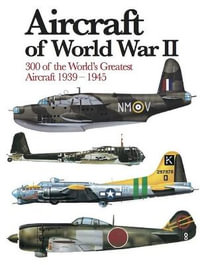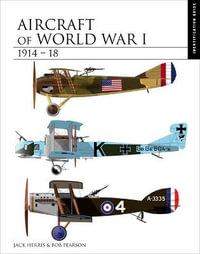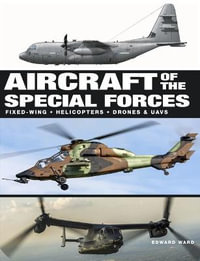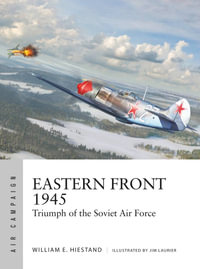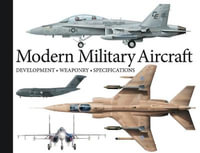
Flight Craft 17
English Electric Canberra in British Service
By: Martin Derry, Neil Robinson
Paperback | 30 January 2025
At a Glance
Paperback
$45.50
Available: 30th January 2025
Preorder. Will ship when available.
ISBN: 9781526742537
ISBN-10: 1526742535
Series: Flight Craft
Available: 30th January 2025
Format: Paperback
Language: English
Number of Pages: 96
Audience: General Adult
Publisher: Pen and Sword
Country of Publication: GB
Dimensions (cm): 29.7 x 21.0 x 0.8
Weight (kg): 0.27
Shipping
| Standard Shipping | Express Shipping | |
|---|---|---|
| Metro postcodes: | $9.99 | $14.95 |
| Regional postcodes: | $9.99 | $14.95 |
| Rural postcodes: | $9.99 | $14.95 |
How to return your order
At Booktopia, we offer hassle-free returns in accordance with our returns policy. If you wish to return an item, please get in touch with Booktopia Customer Care.
Additional postage charges may be applicable.
Defective items
If there is a problem with any of the items received for your order then the Booktopia Customer Care team is ready to assist you.
For more info please visit our Help Centre.
You Can Find This Book In
This product is categorised by
- Non-FictionWarfare & DefenceAir Forces & Warfare
- Non-FictionEngineering & TechnologyTransport Technology & TradesAerospace & Aviation Technology
- Non-FictionWarfare & DefenceWeapons & EquipmentMilitary VehiclesMilitary Aircraft
- Non-FictionTransportationAircraft & Aviation
- Non-FictionHobbies, Games & PuzzlesHobbies


